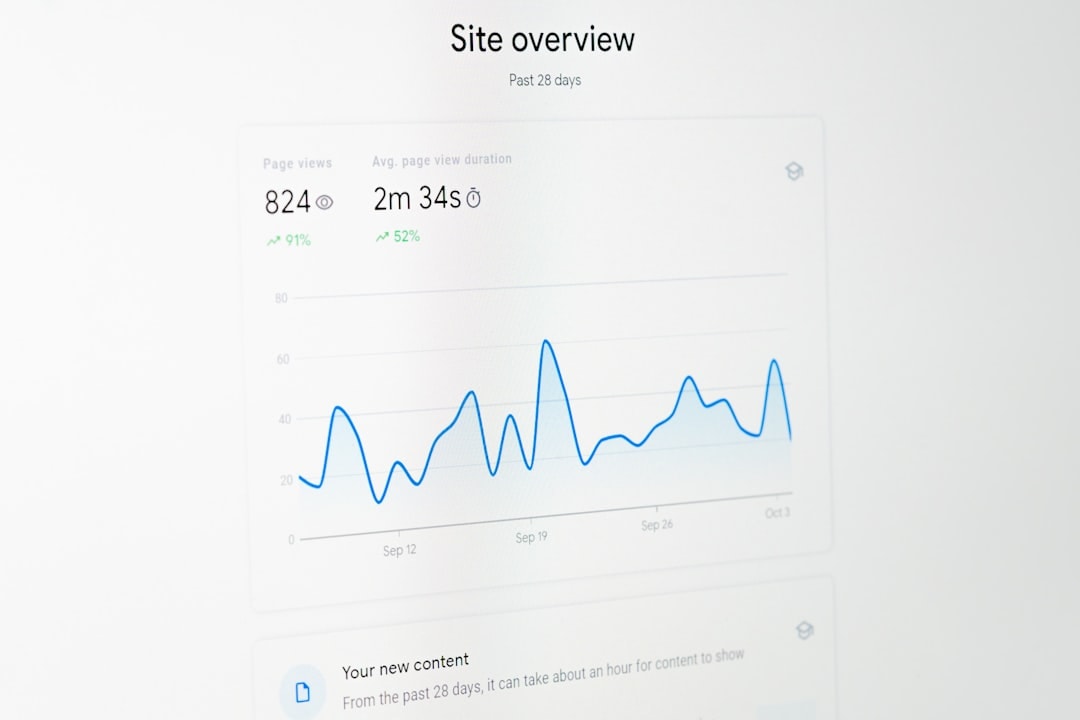Email marketing remains one of the most powerful tools for businesses aiming to enhance customer retention. When used strategically, it can play a key role in promoting customer loyalty programs or rewards initiatives. These campaigns strengthen relationships, foster repeat purchases, and increase customer lifetime value.
To effectively promote loyalty programs through email marketing, businesses should focus on personalization, clear value propositions, and continuous engagement. Below are proven strategies and best practices that can help companies get the most from their email campaigns for loyalty initiatives.
1. Introduce the Loyalty Program with a Strong Welcome Campaign
A well-crafted welcome email series is essential when launching or reintroducing a loyalty program. This helps set the tone and educate customers on the rewards they can receive.
- Highlight the benefits: Clearly explain how the program works, what points are worth, and what customers can expect to earn through participation.
- Use compelling subject lines: Capture attention with phrases like “Earn rewards today” or “Your loyalty deserves more.”
It’s critical that these first impressions are visually engaging and written in a way that aligns with your brand identity.

2. Segment and Personalize Your Email Campaigns
Generic emails may get ignored, but personalized content builds trust and boosts engagement. Segmentation allows businesses to tailor messages based on purchase history, behavior, and demographic data. Consider the following personalization methods:
- Behavioral triggers: Send emails triggered by actions like sign-ups, purchases, or reaching a point threshold.
- Geographic targeting: Customize offers based on location, especially if your business spans multiple regions or countries.
- Purchase frequency: Offer exclusive deals to high-frequency shoppers or reminders to those whose activity is tapering off.
Such tailored communication ensures that each recipient feels valued, thereby increasing the likelihood of ongoing engagement with the loyalty program.
3. Offer Exclusive Rewards and Time-Sensitive Promotions
Emails are an ideal vehicle for promoting exclusive offers only available to loyalty members. These can range from early access to sales, birthday rewards, or bonus point events—each reinforcing customer appreciation.
Including time-sensitive promotions can further drive urgency and open rates. Messaging like “Earn double points this weekend only” or “Last chance for your 500-point bonus” encourages swift action and greater participation.
To ensure trustworthiness, businesses should always clarify the terms of the offer and avoid overly complicated rules or fine print that might frustrate recipients.
4. Visualize Progress and Highlight Milestones
Progress visualization is a powerful motivator. When customers see they are close to a reward or milestone, their inclination to make another purchase increases. Email communications that include:
- Loyalty dashboards: Show current point balance and upcoming reward levels.
- Milestone alerts: Notify users when they are near a new tier or point threshold.
This reinforces program participation and maintains excitement. Incorporating visually dynamic progress bars or charts can greatly improve engagement metrics.

5. Provide Regular Updates and Celebrate Loyalty
Ongoing communication is essential. Monthly or quarterly “loyalty statements” can remind customers of their current status, earned rewards, and available redemptions. It’s also an opportunity to re-engage inactive participants by including personalized suggestions and product highlights based on previous behavior.
Special recognition emails on anniversaries, birthdays, or for reaching milestones go a long way in showcasing the brand’s appreciation of customer loyalty. These touches help humanize the brand and make the rewards program feel more personal and rewarding.
6. Measure, Test, and Optimize
No email marketing strategy is complete without data analysis. Businesses should consistently measure open rates, click-through rates, redemption tracking, and customer re-engagement rates. A/B testing various subject lines, messaging, and visual formats can uncover what resonates most with your audience.
Key performance indicators (KPIs) to monitor include:
- Program enrollment rates from email
- Redemption conversions linked to campaigns
- Email engagement vs. loyalty activity correlation
These insights allow businesses to continually refine and enhance loyalty promotion strategies through email.
Conclusion
Successful email marketing for loyalty programs is not about sporadic campaigns — it involves consistent, thoughtful communication that reinforces value and builds connection. By leveraging personalization, offering tangible rewards, and continuously demonstrating appreciation, businesses can transform casual customers into long-term brand advocates. Investing in an email approach that supports and nurtures loyalty can yield substantial returns in both revenue and reputation.

